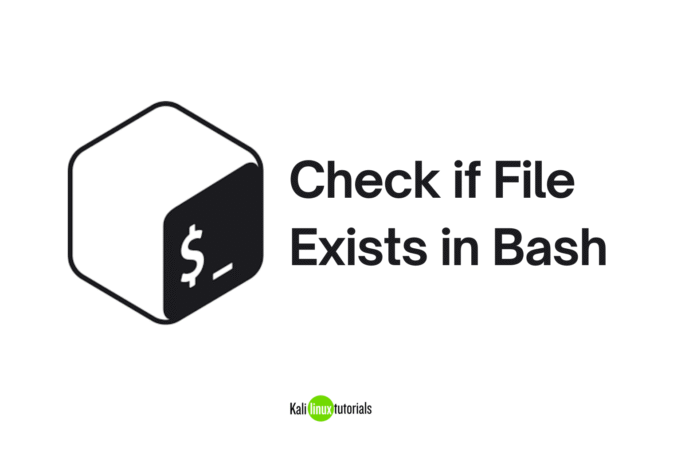Why Do We Check Files in Bash?
When writing a Bash script, you often work with files or folders. Before trying to read, copy, or edit them, you should first check if file exists in Bash. Doing this ensures the file or directory is really there and prevents your script from breaking or showing errors.
Ways to Check in Bash
There are several ways to check if file exists in Bash. The most common options are:
test EXPRESSION[ EXPRESSION ][[ EXPRESSION ]]
All of these can be used for file checks, but [[ ]] has more features and works only in Bash, while [ ] and test are more universal and portable.
File Test Flags
Flag What It Checks
-e Any kind of file or directory
-f A regular file (not a folder or special file)
-d A directory
-r File is readable
-w File is writable
-x File is executable
-L A symbolic link (shortcut to another file)
-s A file that is not empty
Examples Explained
Check if any file or folder exists
if [ -e "$FILE" ]; then
echo "It exists"
fiThis checks if something is there, whether it is a file or a folder.
Check if it is a regular file
if [ -f "$FILE" ]; then
echo "It is a file"
fiThis makes sure the path is a normal file and not a folder.
Check if it is a directory
if [ -d "$DIR" ]; then
echo "It is a directory"
fiThis checks only for folders.
Check file permissions
if [ -r "$FILE" ]; then
echo "You can read this file"
fi
if [ -w "$FILE" ]; then
echo "You can write to this file"
fi
if [ -x "$FILE" ]; then
echo "You can run this file"
fiThese tests confirm whether the file can be read, edited, or run as a program.
Check if a file does not exist
if [ ! -f "$FILE" ]; then
echo "The file is missing"
fiThe exclamation mark means “not”. This checks if the file is absent.
Check more than one file
if [ -f "$FILE1" ] && [ -f "$FILE2" ]; then
echo "Both files exist"
fi
This makes sure that two files are present before running further commands.
Conclusion
In Bash, checking if a file or directory exists is simple once you know the flags. Use -e for anything, -f for regular files, and -d for folders. Add checks for read, write, or execute permissions when needed. Always put the file name inside quotes to avoid problems with spaces. If you want to test for something missing, use !. With these methods, your Bash scripts will be much safer and easier to manage.

















